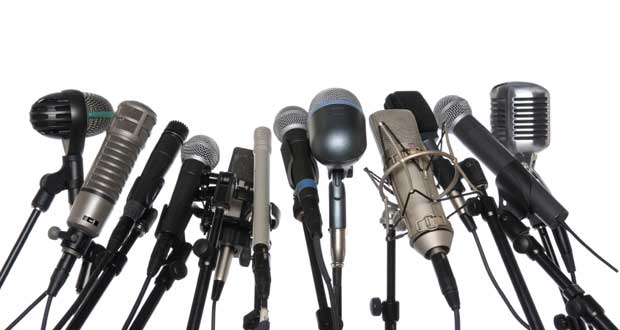Programmatic buying is the not-so-new, technology-based form of ad buying that’s changing the game for online advertising.
Advertisers have adopted programmatic buying in droves (in the form of RTB or otherwise), because it’s faster, easier, and more efficient.
Publishers, however, have largely been hesitant to get on board with programmatic buying — some for better reasons than others. Here’s a look at how programmatic is changing the landscape, and why advertisers and publishers aren’t always aligned when it comes to programmatic:
Why Programmatic Is Changing Everything
Seventy percent of advertisers are currently using programmatic buying as part of their media-buying plan, and three-quarters of those currently using it plan to increase the percentage of their spend dedicated to programmatic over the next year. This shift is happening for a reason: programmatic buying makes media planning easier and more efficient.
As the programmatic ecosystem expands and matures, the benefits for advertisers continue to expand. Programmatic advertising has removed the lengthy, cumbersome process that’s required to complete a direct ad sale online.
Not only is programmatic efficient, it’s opened the doors for robust audience-targeting data that can allow advertisers to truly hone in on the precise audience that’s most valuable to them. Each impression can be layered with valuable data that lets the advertiser make the most of every impression.
Through both efficiency gains and the layering of valuable audience data, programmatic lets advertisers get more from less.
The Publisher’s Dilemma
The benefit to advertisers are obvious, but what about publishers? For some publishers, real-time bidding is a great way to monetize a chunk of their inventory, or in some cases, all of their inventory. (To be clear, real-time bidding or RTB is a form of programmatic buying, but not all programmatic buying is RTB).
RTB lets publishers automatically sell inventory without sales resources, RFPS, or IOs. Everything is automatic, so the overhead for the publisher is minimal. For some publishers, this is the most efficient way to monetize all their inventory. For many large publishers with expansive inventory, this is the best way to monetize a subset of inventory that isn’t sold directly. Inventory that may previously have gone unsold can be added to networks or exchanges and can earn incremental revenue for the publisher where previously they may not have earned anything.
On the other hand, RTB can have a downside for the supply side. RTB impressions tend to be relatively low priced, so even without the overhead the publisher can sometimes end up earning less money from RTB than from direct sales. Because RTB is often associated with remnant inventory, publishers with strong name recognition who rely on direct sales are sometimes hesitant to use RTB to sell any of their inventory for fear that it could harm their brand value.
In some cases, there is a fundamental misalignment between what advertisers want and what publishers need to sustain their business. Programmatic buying has changed media-buying forever, and there’s certainly no turning back now. The increased efficiency brought to the ecosystem can benefit publishers as well as advertisers, as long as the needs of both groups are met.









